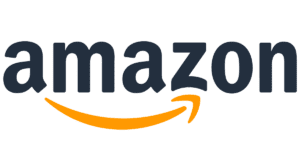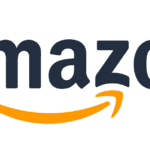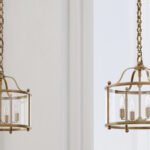Amazon’s New Vine Program Tiers Make it a Better Deal Than Ever
Until recently, the standard participation fee for the Amazon Vine program for Amazon Sellers has been $200. We’ve always said that Amazon Vine is one of the best investments that new brands can make.
And now, Amazon has lowered the cost of entry with a three-tier system
- $0 (new tier): Enroll up to two units per parent ASIN, and get up to two Vine reviews for free
- $75 (new tier): Enroll three to 10 units per parent ASIN and get up to 10 Vine reviews.
- $200 (existing tier): Enroll 11 to 30 units per parent ASIN and get up to 30 Vine reviews.
This is a great way for new brands on a budget to try out Vine. You’ll still need to provide free product, but the lower program fees can help.
But, there’s a catch…
The Catch
Page conversion rates tend to scale once a product has a critical mass of reviews, which is why we recommend that brands first focus on getting reviews, particularly before they invest in any advertising.
- Amazon’s New “Buy for Me” Feature: What DTC Brands Should KnowIf you’re a DTC brand that’s been dodging Seller Central like a bad ex, Amazon might have a new reason for you to take their calls again.
The exact value of that critical mass will vary, depending on whom you ask. We recommend a threshold of 15 reviews, with at least an average four-star rating, before advertising. Even five or ten is better than nothing, but in our experience, 15 and above is where the magic starts to happen.
Amazon’s free tier will get you “up to” two Vine reviews. They say “up to” because Vine reviewers are not obligated to review the product. And, while they generally do, when you opt for the existing tier, you might find that your product will receive 28 or 29 reviews, but not 30.
Even in the best case scenario and you get two reviews… that’s not enough to really move the needle with regard to the product detail page’s conversion rate.
And, Be Careful…
That’s why we consider the Vine program’s free tier to be more of a “teaser” rate, so that once you’ve seen how the program works, you’ll opt for one of the paid tiers for another product. And, this is important: you can’t re-enroll the same product if it received at least one review as a result of Amazon Vine enrollment. So, if you opt for the $0 or $75 tier and like the results, you can’t repeat the process with the $200 tier, even if it’s another variation of the same product. You’ll have to do that with another product in your catalog.
The $75 rate is more viable. If you’re also getting new reviews organically for your new product, adding ten Vine reviews can get you over the top of that critical mass threshold of 15 reviews.
The $75 tier equates to $7.50 per review, if you get all ten. The existing $200 tier nets to $6.66, making it a better value.
Opting for the $200 is also a better hedge against protecting your average star rating if you get the occasional two or three star review.
In Conclusion…
Even though we’ll continue to recommend to our clients that they opt for the existing $200 tier, these new tiers present a new opportunity for brands to dip their toes in the water of the Amazon Vine Program.
Would you like some personalized help with your brand on Amazon? Great! That’s what we do. Let’s set up a Zoom chat to see if we might be a fit for your needs.
More from Parker-Lambert:
- Amazon’s New “Buy for Me” Feature: What DTC Brands Should KnowIf you’re a DTC brand that’s been dodging Seller Central like a bad ex, Amazon might have a new reason for you to take their calls again.
- We just did the CUTEST social media images for Naavi and we had to show them off.Sometimes it’s the little things… like Chihuahuas!
- Amazon Case Study: Hydros Water Filter SystemHydros had a great product line with a happy and growing customer base both on and off Amazon, but they weren’t satisfied with their overall Amazon business performance. Here’s how we helped.
- Amazon is automatically updating product content. Here’s what to do.Amazon has begun automatically updating product content. It’s not yet rolled out for most sellers at the time of this writing, but you’ll want to check to see whether it’s been activated for your brands.
- How we helped a hardware brand save 90% on their lifestyle photographyWhen we helped RCH Hardware improve their Amazon presence for their line of hanging and decorative chains, we had to tackle the problem of their limited library of lifestyle photography. Guess how we did it?







